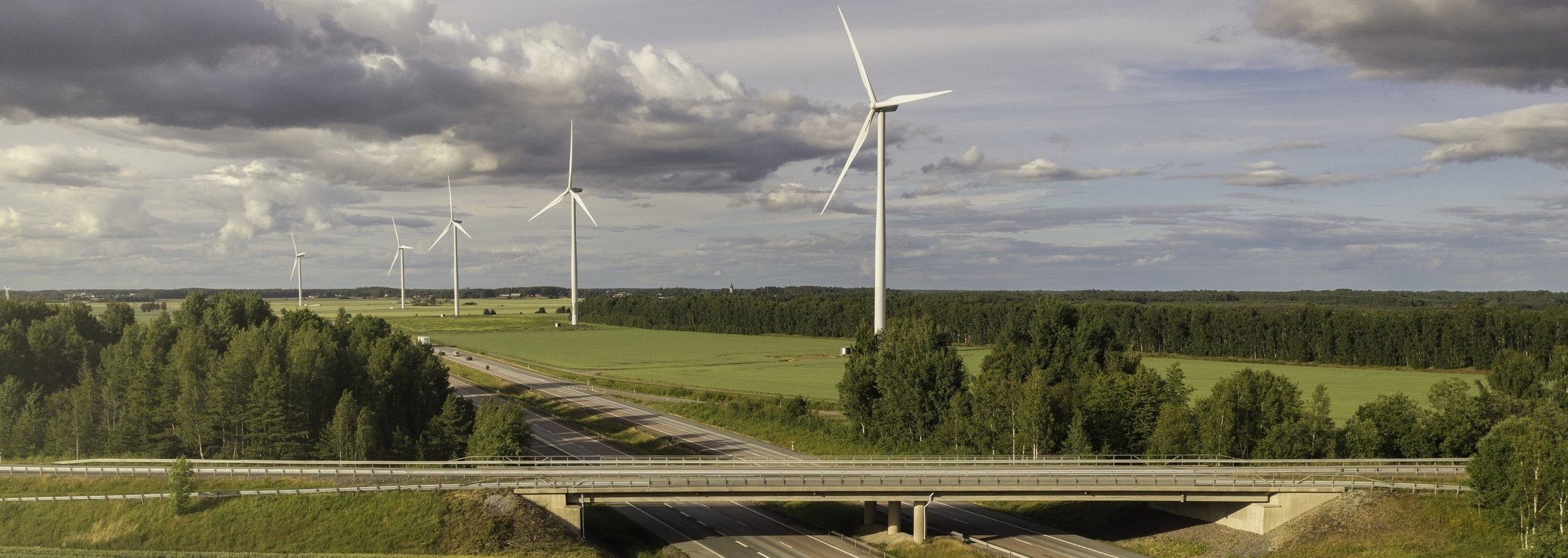
Climate change is no longer a department down the hall or a paragraph in a company’s annual report. Today, it is foundational to how a company—and its leadership—are viewed by current and future customers, employees, shareholders and investors, regulators, political leaders, reporters, activists and industry colleagues.
There is pressure to design, develop and implement a well-crafted, science-based climate action plan that publicly recognizes the reality of a corporation’s climate impact. It’s not enough to make small, incremental changes or post laudable, but merely aspirational goals. We have rapidly reached a tipping point that makes Net Zero decarbonization a universal imperative. Policymakers are mandating it. Investors and consumers are demanding it. The health of the planet depends on it.
Companies in every industry and geographic footprint need to take actions now that rise to the scale, scope and urgency of the crisis. The 2020s have become known as “the decisive decade.” The actions we take during this decade will determine whether the world can meet the 2050 Net Zero decarbonization goals set forth in the 2015 Paris Agreement—goals to avoid the tipping point of exceeding a 1.5 C degree rise in temperature.
Point B’s Perspective
Decarbonization is not just a growing compliance mandate. It’s more than a business imperative or a competitive advantage: it represents one of the great market opportunities of the 21st century. It is estimated that the market opportunity associated with the Net Zero economy represents at least $4.4 trillion annually.
When done right, integrating product-level circularity initiatives with corporate climate strategy allows you to take a sizeable chunk out of your Scope 3 footprint and create a sounder business strategy.

Companies that reduce carbon dioxide-equivalent (CO2e) emissions today can address global environmental change, social injustices and public health, while re-positioning their business for long-term financial sustainability.
This is a no brainer. Decades of data that show that sustainable businesses outperform the rest of the market. And, actions taken today enable businesses to operate more efficiently, reduce water consumption, mitigate packaging waste, spend less on energy, and create new value streams for their customers. Emerging markets for carbon-removal projects, nature-based solutions, and high-quality offsets and insets represent entirely new ways to do business. And companies that earnestly and transparently take meaningful action to do their part gain the goodwill and support of their stakeholders—customers, employees, vendors, policymakers, business and community partners. Of course, investors are taking note.
Conversely, delaying action takes a growing toll on business and the planet. A company that only begins to cut emissions in 2030 will draw on the global carbon budget for another nine years. It may fall so far behind the Net Zero curve that it can never catch up. Delayed action threatens to put the 1.5 degree Celsius goal out of reach, making remedial efforts much more costly to businesses and their stakeholders, the human population, and all life on the planet.
This is why long-dated climate goals with no short-term actions are impractical. It’s why we urge companies to boldly recognize the high-value marginal impact of deliberate early-action.
How can your company make the biggest impact now?

Build Your Scope 3 Plan Based on Lessons Learned
In the early days of decarbonization, companies looked to their operations to cut emissions—changing office routines, installing energy-efficient lighting, etc. That work must accelerate. Still, for the vast majority of companies, more than 80 percent of their carbon footprint comes from supply-chain emissions, also known as Scope 3. Companies that intentionally and aggressively focus on reducing supply-chain emissions in parallel to their immediate Scope 1 and 2 emissions do the most to advance Net Zero goals.
All Together—Now
Of course, the biggest challenge to reducing supply chain emissions is that you can’t do it alone. You need to work in partnership with industry, government, vendors, competitors and others along your entire value chain to make changes—from the origin of raw materials, to product development and manufacturing, to post-consumer waste. In the language of Net Zero, this means that, in order to reduce Scope 3 emissions, you must partner with your suppliers and vendors to reduce their Scope 1 (direct) and Scope 2 (indirect) emissions.
You may have already identified the major sources of CO2e emissions in your value chain. If not, begin by collecting emissions data wherever it’s available. What are the greatest opportunities to address the most carbon-intensive and high-emission activities? Resource-intensive companies, such as consumer product businesses, will want to trace carbon intensity across their entire value chain.
Once you’ve identified those high-emission sources, set aggressive but achievable targets for CO2e reduction. Look for areas of mutual interest. Many suppliers care about the environment and win/win collaborations will be critical to addressing the climate crisis on a global scale. Look for ways to partner with suppliers that give them positive models, provide incentives to change, and build transparency and trust.
Looking for good frameworks to go by? The Science-Based Targets Initiative (SBTi) framework offers a globally respected, open-source Net Zero-aligned methodology for decarbonization you can use to set carbon-reduction targets. More than 1,700 (and growing) companies have committed to achieving science-based targets, which require significant CO2e reductions in the near-term (the next 5 to 10 years), with a Net Zero goal in the longer term.
Looking to incorporate lessons learned? Many leading companies are actively reducing Scope 3 emissions through innovative partnerships throughout their supply chains. For example:
Salesforce's Supplier Contracts
Salesforce is among the growing number of companies that have added climate-change conditions to supplier contracts, with significant implications for non-compliance.
Walmart's Project Gigaton
Launched in 2017, Project Gigaton aims to avoid 1 billion metric tons of CO2 emissions from its global supply chain by 2030 by helping suppliers set ambitious emission-reduction goals.
Unilever's Climate Transition Plan
Unilever’s climate transition plan features commitments to a deforestation-free supply chain by 2023, a new Regenerative Agriculture Code for all suppliers, and a Net Zero supply chain by 2039.
Leverage This Post-Pandemic Opportunity to Reset
The COVID-19 pandemic forced businesses to rethink and reprioritize critical business processes and activities and accelerated a universal pivot to digital engagement. As a result, global CO2e levels dipped ~5% in 2020, reflective of the largest drop in energy demand in 70 years! This is progress, but not quite enough to meet the -7.6% annual CO2e reduction that would get the world on track for the Net Zero 2050 objective. Unfortunately, it is now estimated that global CO2e emissions are likely to rise over 5% in 2021. Companies must seize this unique moment to reset expectations on how we work, where we work and what we stand for as global citizens.
Like the pandemic, people are at the center of solving the climate crisis. Although the world looks to technology to help solve the climate crisis, human behavior is key to realizing the promise of Net Zero.
The path is steep. Look for ways to stay close and connected with your suppliers and employees on the progress you’re making together, and recognize victories along the way. Remember that your employees prefer to work for companies that espouse values and purpose beyond mere financial returns. The actions you take today will benefit your company, customers, partners and communities for decades to come.
The Bottom Line
Net Zero decarbonization should be considered a central pillar of your company’s ESG commitments. It can be the centerpiece as it’s essential to achieving so many other environmental, social and financial goals. Furthermore, the global Net Zero transformation can increase the odds that we continue to enjoy a livable planet. Without that, nothing else matters.
Don’t be intimidated or afraid of taking a step forward for climate action because it doesn’t seem achievable. Be bold, be courageous and willing to partner. Build a workplan that captures the culture and voice of the company and employees will embrace the work together.
We urge companies to use this time as a precious unique window of opportunity—one that won’t be open forever. The sooner all of us act, and the faster we can reduce the most carbon emissions, the more difference we can make. The future of our businesses, and our planet, depends on it.
RELATED SOLUTIONS


